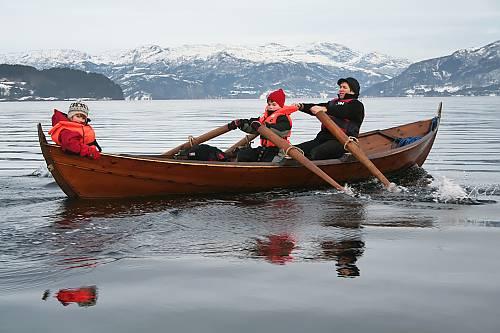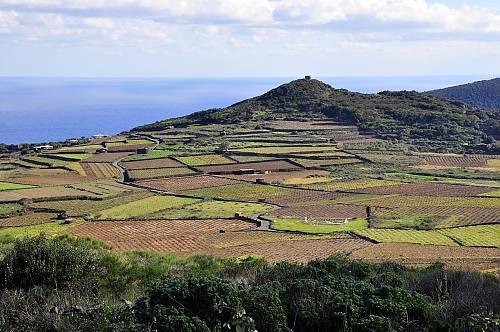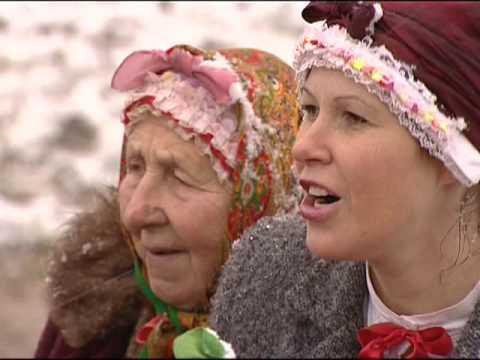Peru, a republic with Amerindians, Europeans, Africans, and Asians, is a South American country with a wide array of artistic expression, especially in music, dance, and literature. Home to the ancient Incan Empire and the famed city of Machu Picchu, discovered in 1911, it has many surviving cultural treasures listed by UNESCO.
Wititi Dance of the Colca Valley
The Colca Canyon, about 100 kilometres northwest of Arequipa, is famous as one of the world’s deepest canyons. Not as well known are the traditional dances performed during religious festivities throughout the rainy season.
The dancers are young, approaching adulthood. Girls wear colourful lace-trimmed embroidered clothing, while the men, called “Wititis,” dress in women’s skirts and military shirts or jackets, with slings and heavy hats. They dance, trying to seduce the young women.
These annual performances symbolize the renewal of nature as well as that of society. Learned at schools and also by watching dancers at birthday celebrations, weddings, and christenings, the tradition is reinforced when various villages compete with each other every year.
Festivity of Virgen de la Candelaria of Puno
This renowned festival, one of the top three in South America, is held every February. Local religious symbols, dances, and cultural elements mix with Catholicism in what is an Andean perspective on religion. The main event starts at daybreak at the beginning of the month with Mass, followed by ancient purification ceremonies.





